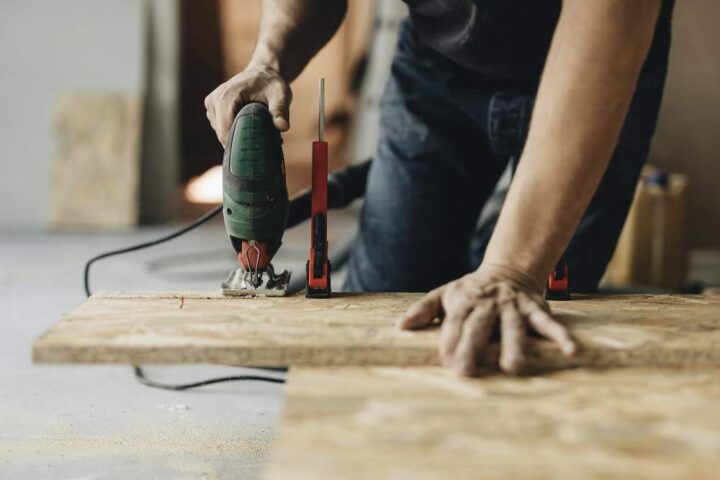How to Set Up a Productive Workshop in Your Pole Barn
Looking to transform your workspace into a haven of efficiency and creativity? If yes, consider setting up a productive workshop in your pole barn. Whether you’re a DIY enthusiast or a professional craftsman, a well-organized workshop can make all the difference.
If you don’t know where to start, don’t worry. Let’s discover all the steps you must take to turn your pole barn into an ideal workshop.

Planning Your Workshop Layout:
Assess Your Needs:
The first step is to identify your needs. Note the type of projects you’ll work on and the tools you’ll use. Based on this, determine the layout and storage capacity that will work best for you.
Zoning:
Dividing your pole barn into different zones based on different activities is the ideal approach for safety. Dedicate separate areas for using machinery, planning and strategizing, and storage. Separate zones will ensure your safety and help you stay organized.
Workflow:
You can also plan your layout according to your workflow. Arrange all your tools and equipment in logical order to streamline your crafting process. This will minimize the distance you need to move between tasks and increase efficiency.
Don’t forget to consider the placement of electrical outlets for power tools!
Essential Features and Considerations
Lighting:
Sufficient lighting is a major requirement for any workshop. Additional windows or skylights can help optimize natural lighting in the workspace. Installing overhead and task lighting can ensure visibility even when it is dark outside. Figure out the right lighting required for your workspace and projects for the best results.
Ventilation:
Proper ventilation is essential, especially for projects that produce dust or fumes. Insufficient ventilation can be a serious health hazard. Pole barn building must be done to ensure proper ventilation. If not, consider installing exhaust fans or ventilation systems to keep the air clean.
Flooring:
The kind of flooring you choose has a significant impact on the maintenance required. Opt for a durable flooring material that is also easy to clean. Concrete is one of the more popular flooring options that people go with. It offers strength and durability along with low maintenance requirements.
Organizing Tools and Materials
Material and Tool Storage:
Don’t hesitate to invest in quality storage solutions. Pegboards, tool chests, and wall-mounted racks can help keep your tools organized. Use shelving units, storage bins, and racks to store your other workshop materials. For safety, always store heavier items on lower shelves and drawers.
Workbenches:
A sturdy workbench is essential for a workshop. Make sure that the workbench you choose has ample surface area for your projects. A workbench with additional storage space is a bonus! Utilizing smaller multiple workbenches for different tasks can also help ensure that your workspace stays organized.
Safety Equipment:
Never compromise on your workshop’s safety equipment. Necessary safety equipment like fire extinguishers, first aid kits, and personal protective gear must always be available. Also, ensure that emergency exits are marked and pathways are kept clear.
Enhancing Productivity
Workflow Optimization:
Regularly evaluate your workflow and make adjustments where needed. To improve efficiency, keep your workspace clean and clutter-free at all times. Form a routine for tidying up at the end of every work day. This ensures that you always come back to a clean, organized workspace.
Ergonomics:
You are likely to spend a considerable amount of time in your workshop. Therefore, it is essential to pay attention to ergonomics. Ensure your work stations are at a comfortable height and that you use proper lifting techniques. It is also good to take breaks in-between your work sessions to stretch your muscles and avoid overexertion.
Technology Integration:
Integrating your workspace with smart technology can enhance your productivity. Consider using computer-aided design (CAD) software to plan your projects. You can also invest in smart tools and equipment that offer advanced features and increased functionality. Such integrations not only make you more productive but also significantly reduce your workload.
Conclusion
Setting up a productive workshop in your pole barn will require careful planning and organization. But that isn’t as hard as it sounds. All you need to do is assess your needs beforehand and plan accordingly. As long as you keep yourself organized every day, your productivity long-term is bound to increase.
Transforming your pole barn into a workshop will elevate your projects and make them more enjoyable. Take it one step at a time, and you will have an efficiently planned workshop for all your DIY and professional projects.


